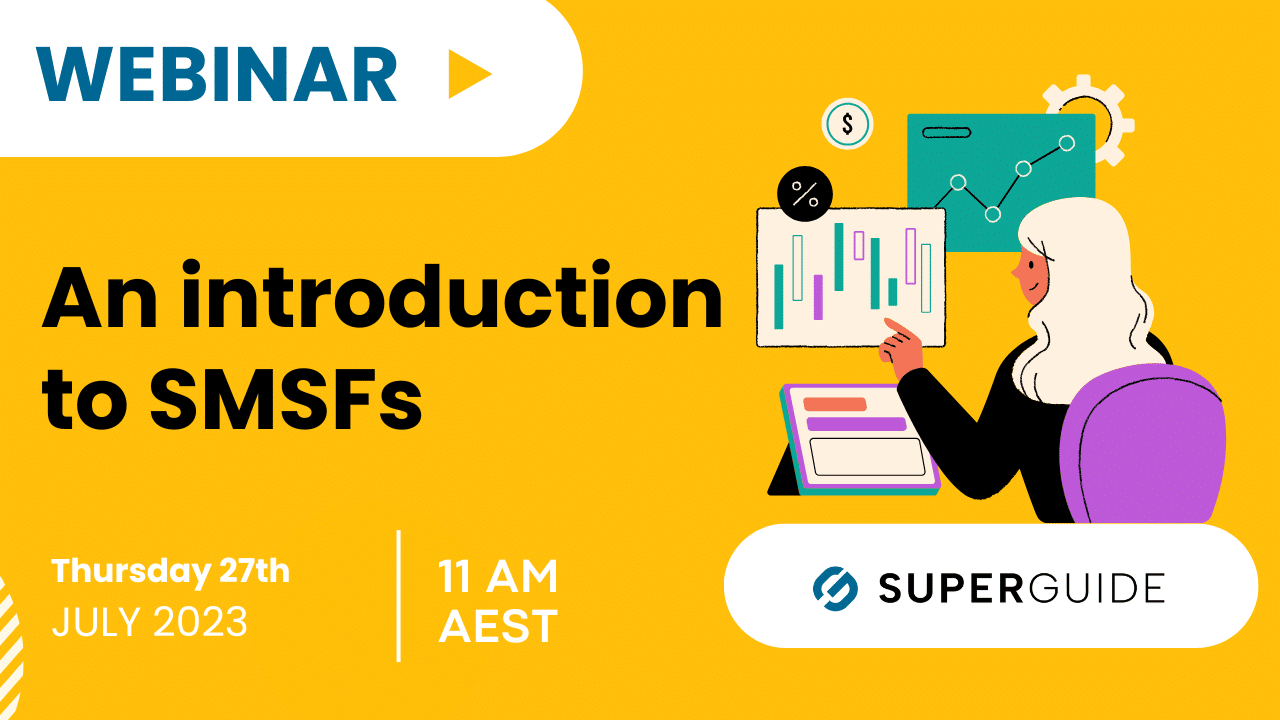Articles by
Garth McNally

-

SMSFs: What advice can your accountant provide?
While many SMSF trustees turn to their accountant for assistance, they can only provide advice on some SMSF-related matters. To help SMSF trustees navigate this tricky area we’ve compiled a checklist to help you work out if your accountant is the right person to ask for help.
This is a premium article, requiring a subscription or purchase to access fully. -

Q&A: Does the sole purpose test become redundant when you’ve retired?
When the sole surviving or even the youngest member of the fund finally turns 65, does the sole purpose test then become redundant?
This is a premium article, requiring a subscription or purchase to access fully. -

Q&A: Can I cancel a reversionary pension within my SMSF and wind up the SMSF?
I have been receiving a reversionary pension since my husband died but I am finding the paperwork required to maintain my SMSF is a little overwhelming.
This is a premium article, requiring a subscription or purchase to access fully. -
Q&A: Can an SMSF accept super contributions if it’s status is “Pending”?
Can contributions be accepted by a newly established (SMSF) fund whose status is “Pending” on the Super Fund Lookup.
This is a premium article, requiring a subscription or purchase to access fully. -
Property development in an SMSF: Recent ATO guidance
If you are thinking about using your SMSF for a property development it pays to understand the ATO rules. Failure to do so could be costly.
This is a premium article, requiring a subscription or purchase to access fully. -
Q&A: Can we use the money from our SMSF for personal use upon reaching pension age?
After reaching pension age, are we allowed to use the money from our SMSF for our personal use? Can we use the money from our SMSF to start a business from home?
-
Q&A: What happens to my SMSF if I travel or move overseas?
I would like to know if there are any restrictions or conditions I have to be aware of regarding travelling overseas for extended periods of time in retirement. When I turn 70 next year I will stop working and will open an account-based pension income stream and will set up an SMSF. Then I want…
This is a premium article, requiring a subscription or purchase to access fully. -
Q&A: Can I own an overseas house in my SMSF?
Can an overseas house be part of a SMSF? It is not rented out, but it is still an investment property to be sold later to help us with superannuation income later.
-
Webinar: An introduction to SMSFs
What you need to know about setting up and running a self managed super fund. We take you through the key issues that trustees face when managing their own super fund.
This is a premium article, requiring a subscription or purchase to access fully. -
Q&A: What are the pros and cons of starting an account-based pension vs investing outside super?
Should you put all your super into an account based pension or invest some in a fixed term deposit? What are the pros and cons? If you put some super into a fixed term deposit and then roll it over at the end of the term, will you then start paying tax on returns?
This is a premium article, requiring a subscription or purchase to access fully. -
Q&A: I have over $3m in super so should I now consider a recontribution strategy?
What are the considerations in equalising spouse super balance in light of the proposed additional 15% tax on super balances over $3 million?
This is a premium article, requiring a subscription or purchase to access fully. -
Q&A: What are the pros and cons of entering pension phase with accumulated losses for capital gains?
Given that in pension phase income is exempt from tax, I’m wondering about the pros and cons of entering into pension phase with accumulated losses for capital gains. Does it matter at all?
This is a premium article, requiring a subscription or purchase to access fully. -
SMSF property ownership: Trustee requirements and obligations
The third article in our SMSFs and Property series looks at the all-important compliance requirements and considerations for SMSFs that own direct property.
This is a premium article, requiring a subscription or purchase to access fully. -
Q&A: How does proportioning work if I have super in both accumulation and pension phases?
As my SMSF balance is about double the TBC how does proportioning of the income work in the portions that are separated into Pension phase and Accumulation phase? I am over 60. If I made a lump sum withdrawal from the accumulation portion does re-proportioning take place?
This is a premium article, requiring a subscription or purchase to access fully. -
Webinar: SuperGuide members Q&A: June 2023
In this webinar super expert Garth McNally answers recent questions from SuperGuide members.
This is a premium article, requiring a subscription or purchase to access fully. -
Q&A: Do I need to complete a TBAR when commencing a Transition to Retirement (TTR) pension?
I’m 61 years old and still working. I would like to start a Transition to retirement pension. Do I need to complete a TBAR to notify the ATO and how often does one need to do this after turning 60 years old if the answer is yes?
This is a premium article, requiring a subscription or purchase to access fully. -
Q&A: Do we need to use the proportioning rule when rolling over super benefits from an SMSF to an industry super fund?
Sally manages her own SMSF of which she is the only member. The fund is in accumulation phase and is made up of 1/3 tax-free component and 2/3 taxable component.
This is a premium article, requiring a subscription or purchase to access fully. -
Q&A: Can I benefit from the increased transfer balance cap if I’ve already started a pension?
Q: I started a pension with $1.7 million on 1 July 2022. Can I move a further $200,000 into pension phase from 1 July 2023 post indexation?
This is a premium article, requiring a subscription or purchase to access fully.














